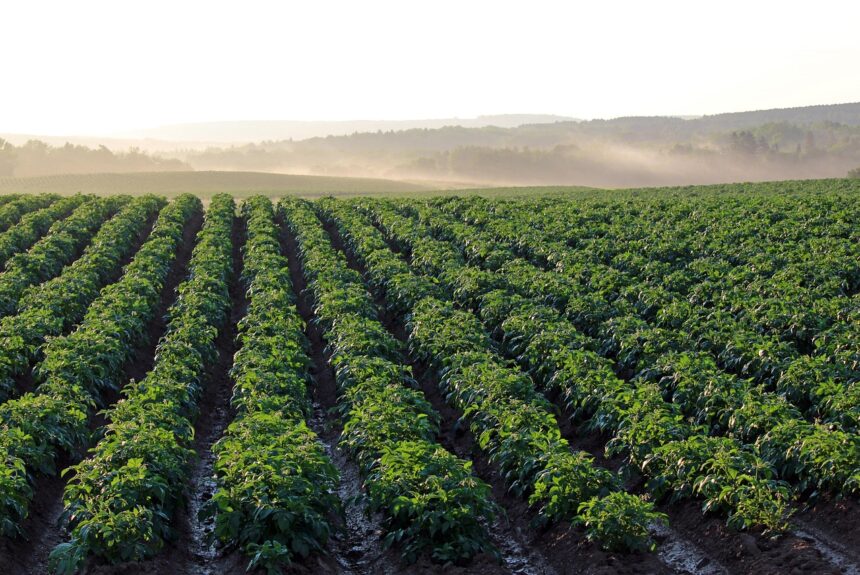Advances in artificial intelligence (AI) and remote sensing technologies are reshaping how global agriculture addresses food security challenges. A recent study introduces a Bayesian Probabilistic Updating Model (BPUM) that leverages historical data and real-time satellite imagery to enable early crop identification with high accuracy. This innovation signals a paradigm shift in how agricultural stakeholders can manage resources, forecast yields, and mitigate supply chain disruptions in an increasingly volatile climate.
Timely, accurate crop classification plays a critical role in national food security strategies, enabling effective planning for irrigation, fertilization, and harvesting. Traditionally, crop maps—often generated post-harvest—fail to inform current-season decision-making. In contrast, early identification of crop types supports proactive interventions, reducing waste and maximizing yields.
However, early-stage remote sensing faces significant limitations. Sparse spectral data during the initial crop growth phases lead to classification inaccuracies, especially when phenological differences between crops are subtle. Furthermore, conventional classification methods operate in isolation from historical agricultural trends, resulting in unstable and delayed predictions.
Read more in E+E Leader here.
The views and opinions expressed are those of the author’s and do not necessarily reflect the official policy or position of C3.
